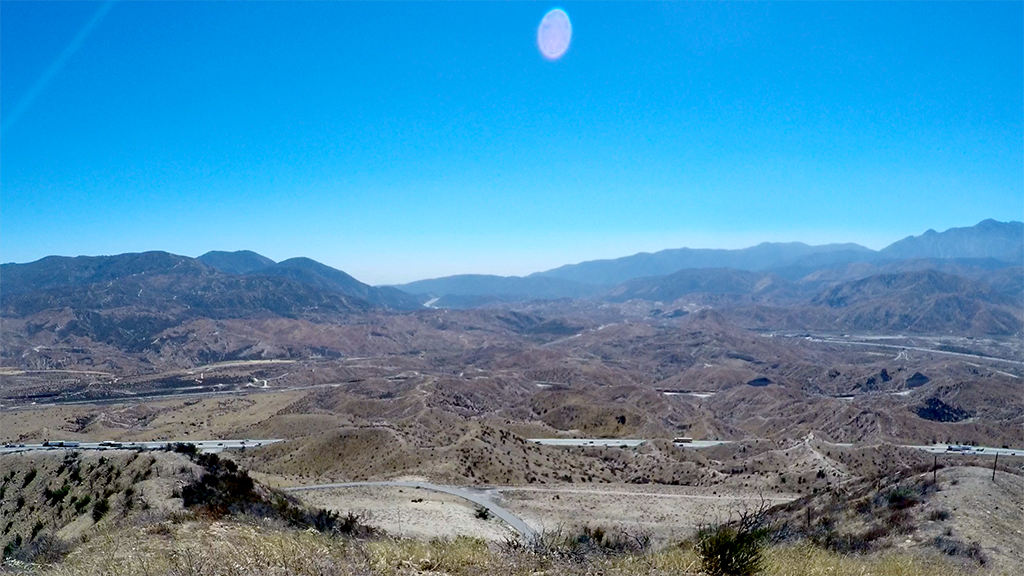What is ground-level ozone? Is it good or bad?

The issue of ozone in the earth’s atmosphere can be confusing.
On one hand, we know a layer of ozone surrounds the earth. That ozone helps block out some of the sun’s harmful radiation. We hear about “holes” developing in this stratospheric shield. We hear about the harm the increased UV radiation can cause on earth.
In contrast, we know that high levels of ozone in our breathable air is harmful. It’s bad for people, animals, plants, and various materials.
The ozone gas in the stratosphere (up high) and troposphere (our breathable air) is the same. It’s known as the chemical 03. In the atmosphere, it benefits all life. Near the earth’s surface, it’s harmful.
Ground-level ozone in the air we breathe can present many problems. It can affect nearly every material it contacts. That includes lung tissue, crops or other vegetation, rubber and more.
What we often call “smog” is mostly ground-level ozone. It comprises volatile organic compounds (VOCs), nitrogen oxides, and sunlight. With sunlight in mind, ozone pollution is generally worse during the day and in the summertime.
Vehicle exhaust contributes much of the VOCs and nitrogen oxides. This means times of increased vehicle use (like morning and afternoon rush hours) also increase potential ozone problems.
Ozone can cause eye, nose, and throat irritation, and can damage the lungs.
Visit EPA’s website to learn more about about ozone pollution in the troposhere: https://www.epa.gov/ozone-pollution
